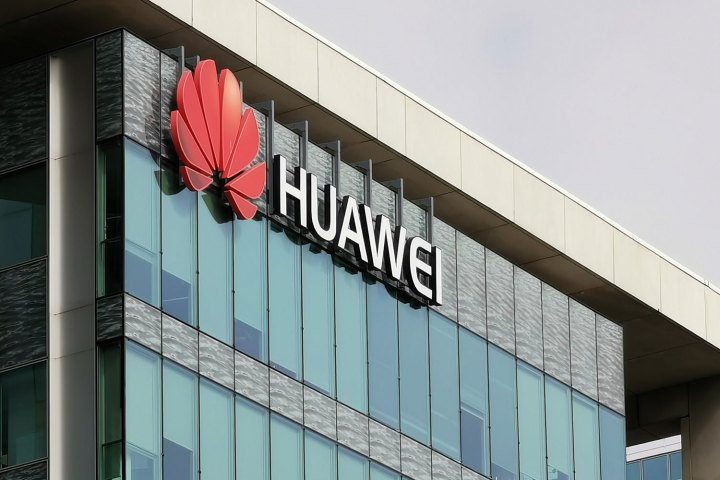
Huawei’s involvement in the U.K.’s 5G network infrastructure continues to be a controversial subject, and decisions around it have yet to be finalized by the government. At the end of April, 2019, a leak from within the U.K. government said Huawei will supply components to build the country’s 5G network, which had serious political ramifications later on.
The leak
The leak was reported by The Telegraph newspaper in the U.K., and quoted anonymous sources inside the U.K’s National Security Council. It stated officials will only approve the use of “non-core” Huawei hardware in the 5G network, rather than the essential components needed to route calls, or check device identification numbers. If this is eventually officially confirmed, it may be seen as a compromise, influenced by warnings of security risks regarding the inclusion of the company’s equipment in the 5G network.
The Huawei-run @HuaweiFacts Twitter account retweeted Reuters coverage of the story, claiming Prime Minister Theresa May has granted Huawei access to the U.K.’s 5G network. The U.S. has been warning against using Huawei telecoms equipment for several years, stating it may be a security threat. It has been putting pressure on on the U.K. to ban the equipment from its network.
Minister fired
The British prime minister Theresa May has fired Gavin Williamson, the U.K.’s defense secretary, saying she had information that suggested it was he who leaked the National Security Council’s position on Huawei and its role in the country’s 5G network. The prime minister met with Williamson on Wednesday, May 1. The former defense secretary, who has held the position since 2017, was given the option to resign, but he refused and was quoted as saying:
“To resign would have been to accept that I, my civil servants, my military advisers or my staff were responsible: this was not the case.”
While the evidence against Mr. Williamson has not been made public, anonymous sources told the BBC’s political editor he had met with the Daily Telegraph’s deputy political editor — where the leak was first published — but this was not proof he was responsible for the leak. Williamson denies the allegation, swearing “on his children’s lives” in a quote given to Sky News.
Scotland Yard says it is not carrying out an investigation at this time, but should criminal offences by Mr. Williamson come to light, this could change. While no official secrets were leaked, the BBC’s security correspondent says the damage done by the leak, “lies in relations with allies.” This references the U.S.’s push to exclude Huawei from 5G network infrastructure, and the possibility of altering the flow of crucial information between the U.S. and its allies if Huawei is involved.
Perceived threats
Political backlash to the leak was swift online. Various members of Parliament tweeted concerns over the possible decision. MP Jo Platt says it, “raises questions about the government’s interests and how they’ll secure networks,” while MP George Freeman said, “I fear this may prove to be a bad decision.” Freeman referenced Australia’s move to ban Huawei from its 5G networks.
Due to the perception that Huawei is a security threat, U.S. networks do not use Huawei infrastructure equipment, and the company’s smartphones including the latest P30 Pro, are not available to purchase. In a new and in-depth interview with CNN, Huawei founder Ren Zhengfei spoke about the accusations.
“The U.S. says we are a threat to its national security; they should provide evidence,” he said, adding that, “As a company, we already made it clear to the world that we can sign no-spy agreements, and that we have not and will never implant backdoors.”
The 5G decision
Following the leak, the U.K.’s Digital Minister Margot James tweeted the final decision has yet to be made. “In spite of cabinet leaks to the contrary,” she wrote, “final decision yet to be made on managing threats to telecoms infrastructure.” After Williamson’s firing, it was restated that the final decision on Huawei and the U.K.’s 5G network will come at the end of spring.
Updated on May 2, 2019: Added in news of former MP Gavin Williamson’s firing over the leak.
Editors' Recommendations
- Canada bans Huawei and ZTE from its 5G networks
- U.K. will remove Huawei from its 5G network by 2027
- Huawei’s MatePad Pro 5G uses the best phone tech to fight Apple’s iPad
- All about the money: The U.K. had no choice but to use Huawei in its 5G networks
- Huawei given the green light to build 5G network in U.K.



